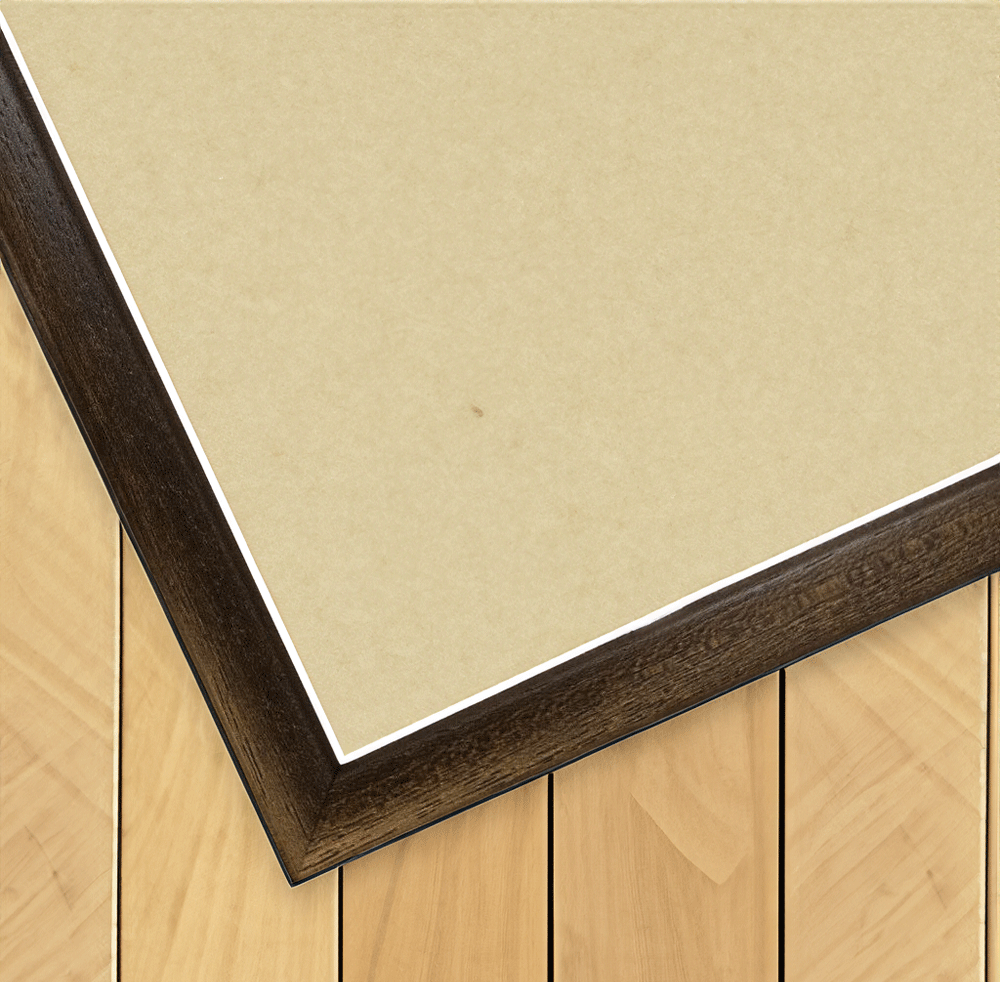by Giuseppe Agostino Pietro Vasi, 1747
The Porta Maggiore or Porta Prenestina, is one of the eastern gates of the ancient but well-preserved Aurelian Walls of Rome from the 3rd century. Two ancient streets ran through the gate: the Via Praenestina and the Via Labicana. The Via Prenestina was the eastern road that led to the ancient city of Praeneste (present-day Palestrina). The Via Labicana (now called Via Casilina) heads south-east of the city.
The "gate", built in 52 AD by Emperor Claudius, was originally intended to provide a decorative support section for two aqueducts, the Aqua Claudia and the Anio Novus. At that time these aqueducts crossed the ancient Labicana and Praenestina streets, thus offering the opportunity to create in this place a sort of triumphal arch to conquer nature and its conqueror, Emperor Claudius. The two channels of these aqueducts (the Aqua Claudia and the Aqua Anio Novus), overlapping each other, are visible by observing the cross section









